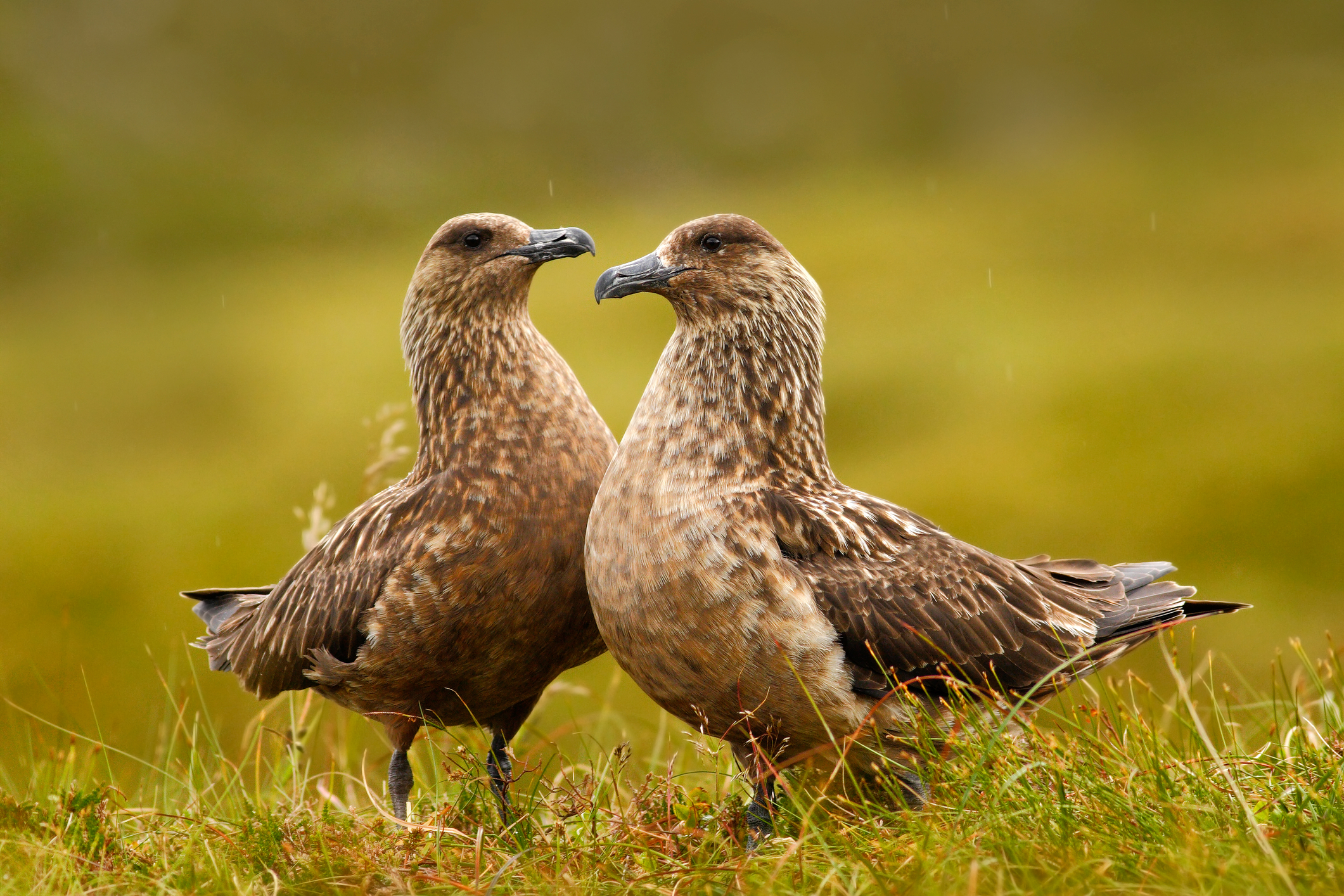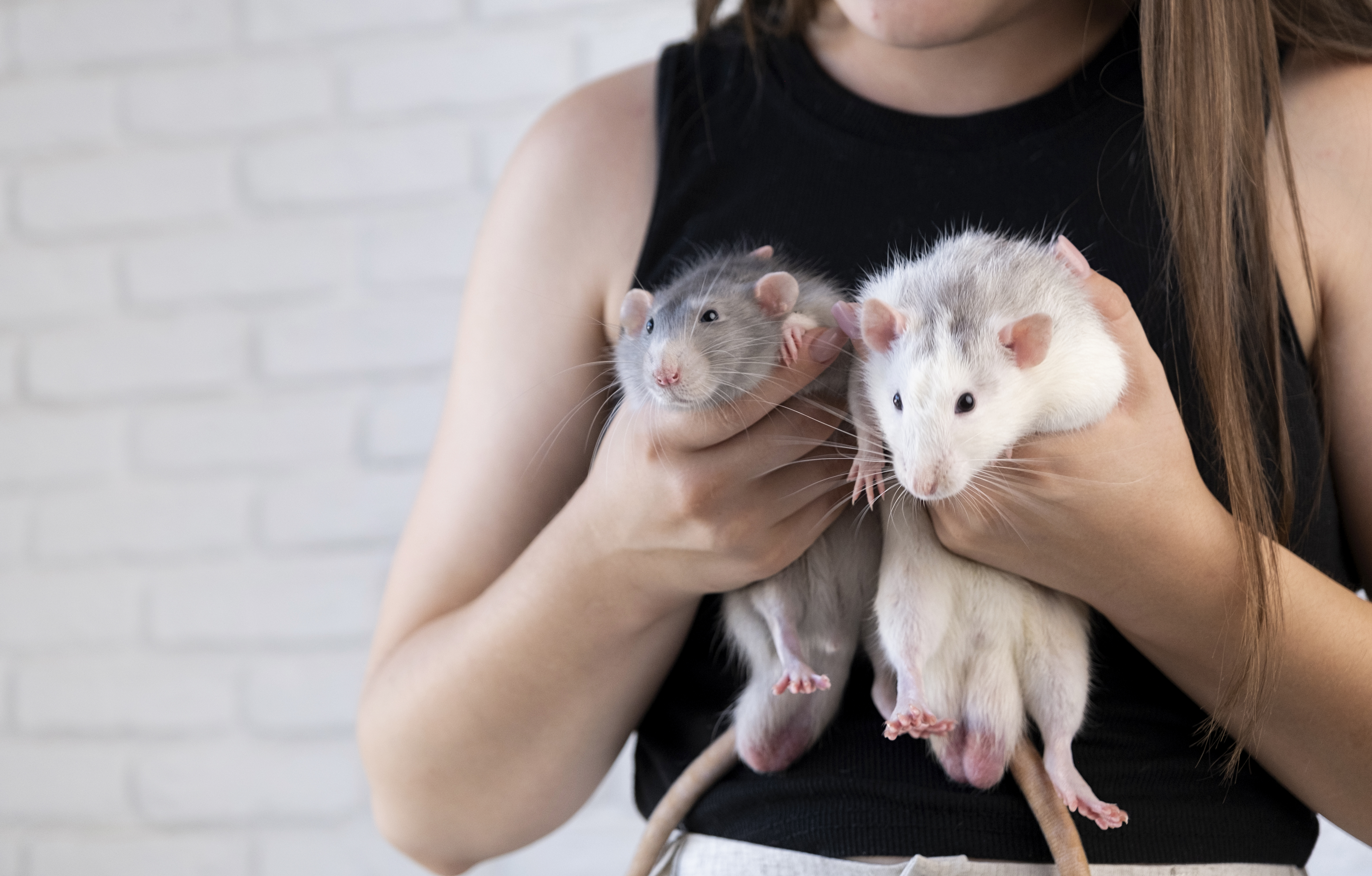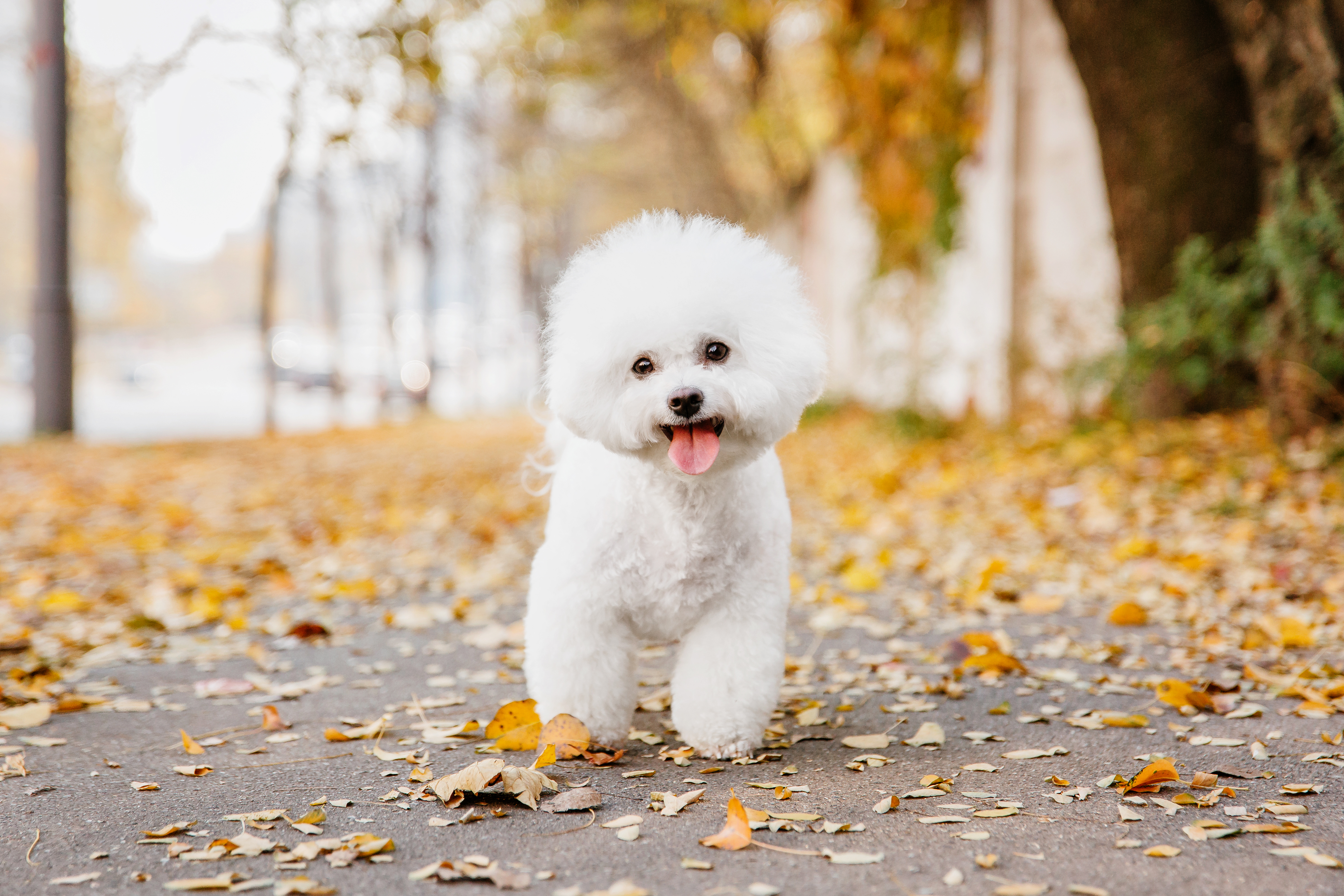Decoding the Mystery: What Fascinating Animal Behaviors Tell Us About Our Pets
Pets are more than just companions; they are an integral part of our families. Their behaviors may often seem peculiar, but they offer a window into their minds, revealing intriguing aspects about their personalities, instincts, and emotions. This slideshow-style article will take you on a journey, exploring 19 fascinating pet behaviors and what they tell us about our beloved companions. We will delve into the world of dogs, cats, birds, and more, using the latest scientific research to decode the mysteries of their behavior.
Dogs Wagging Their Tails

We often interpret a wagging tail as a sign of a happy and content dog. However, the direction and speed of the wag can indicate different emotions. A right-sided wag often indicates positive feelings, while a left-sided wag can suggest nervousness or uncertainty. The speed of the wag also plays a role, with faster wags typically indicating excitement or agitation.
Cats Purring

Cats purr for various reasons, not just because they're happy or content. They can also purr when they're stressed, sick, or even when they're giving birth. Purring may also have a healing effect on their bodies, as the vibrations can promote the healing of bones and reduce pain and swelling.
Birds Preening

Birds preen their feathers to keep them in top condition. But preening isn't only about hygiene; it's also a social activity. Birds often preen each other, a behavior known as allopreening, which strengthens social bonds and indicates trust and affection.
Rabbits Thumping Their Feet

Rabbits thump their hind feet as a warning signal to other rabbits. It's their way of saying there's potential danger nearby. If your pet rabbit thumps, it may be because they're scared or anxious about something in their environment.
Fish Swimming in Circles

Fish often swim in circles due to stress or illness. But in some cases, it's a sign of boredom or lack of mental stimulation. Providing your fish with a stimulating environment, including hiding spots and toys, can help alleviate this behavior.
Dogs Eating Grass

Contrary to popular belief, dogs eating grass isn't necessarily a sign they're sick or need to vomit. Some dogs simply enjoy the taste of grass. However, excessive grass eating can indicate gastrointestinal issues or a dietary deficiency, so it's worth discussing with your vet.
Cats Kneading

Cats knead their paws on soft surfaces, a behavior that originates from their kittenhood when they would knead their mother's belly to stimulate milk flow. As adults, cats often knead when they're content, signaling they feel safe and secure.
Birds Regurgitating

Birds regurgitate food as a sign of affection, usually to their mate or their human caretakers. It's their way of saying, "I care about you enough to share my food." However, if your bird is regurgitating excessively, it could be a sign of illness.
Rabbits Chewing on Everything

Rabbits have a natural instinct to chew. This behavior helps keep their teeth, which continually grow throughout their life, at a manageable length. Providing your rabbit with plenty of chew toys can help redirect this behavior away from your furniture and wires.
Fish Jumping Out of the Water

Fish may jump out of the water due to poor water quality, stress, or to escape predators. If your pet fish is jumping, it's crucial to check their environment and ensure their needs are being met.
Dogs Sniffing Butts

Butt-sniffing is a normal and important social behavior for dogs. The anal glands of dogs secrete unique scents that convey a wealth of information about the dog's health, diet, and emotional state. It's their way of getting to know each other.
Cats Chattering at Birds

Cats chatter at birds and other prey due to their predatory instincts. This behavior is thought to mimic the killing bite they would use on prey. It's a sign your cat is excited and focused on the hunt, even if it's from behind a window.
Birds Bobbing Their Heads

Birds bob their heads for various reasons. It can be a way of expressing excitement, a part of their courtship ritual, or a means of improving their depth perception before taking flight. Understanding the context can help decipher the meaning behind this behavior.
Rabbits Binkying

A "binky" is a joyful jump that rabbits do when they're happy and excited. It often involves twisting and turning in the air. If your rabbit is binkying, it's a sign they're content and enjoying life.
Fish Changing Colors

Fish can change their colors for various reasons, including mating, expressing emotions, or as a response to environmental changes. A sudden color change can also indicate stress or illness, so it's important to monitor your fish's health.
Dogs Howling

Dogs howl as a form of communication. They may howl to express loneliness, attract attention, or respond to high-pitched sounds. Some breeds, like huskies and hounds, are more prone to howling due to their ancestral ties to wolves.
Cats Bringing Gifts

Cats bringing dead animals to their owners is a sign of their hunting instincts. They may be trying to teach you how to hunt, showing affection, or simply bringing their prey home. While it may be unsettling, it's a sign your cat feels comfortable with you.
Understanding our pets' behaviors can strengthen our bond with them and improve their well-being. It's a fascinating journey that offers valuable insights into their minds. As we continue to learn and grow with our pets, we can provide them with the love, care, and understanding they deserve.







